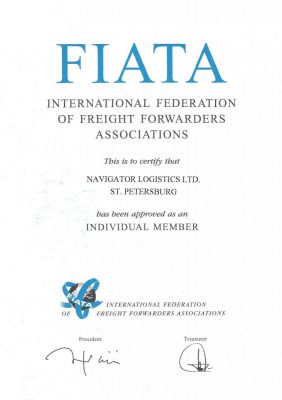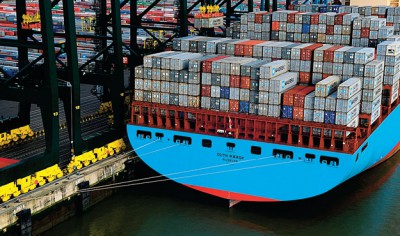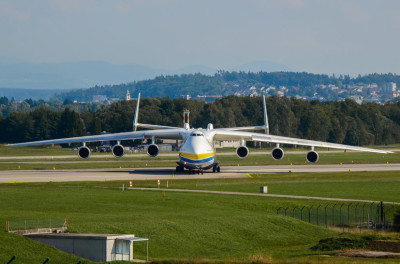– How do you assess the impact of sanctions on the transport and logistics market of Russia? Do you predict whether there will be an increase or decrease in the transport of containers, Ro-Ro cargo through Russian seaports in this situation?
– I believe in a situation of limited imports as a result of EU and USA sanctions, including entry of dual-purpose products into Russia, or restrictions on the import of certain food products in Russia, some part of the cargo flow will be excluded out of the business now. Substitution of imported goods with their own production – it is not a momentary process. Therefore there will be switching from one trade to another; some routes (trade routes or flow) will be replaced with another. It has already been announced about the substitution of the current shortage of some food products with some other imported goods. Thus, I can say, a change of suppliers will happen, but there will not be a sudden change in the total turnover.
The total amount of cargo flow may change a little but it depends on the general purchasing power in the economy. The flow will increase and decrease in different areas but in general the situation will be balanced.
Statistics data is showing the total volume of traffic at seaports does not change at all, in fact we have seen an increase. As this is the case then there isn’t any free capacity – no noticeable change in traffic.
Changes in the market conditions will be: Turkey has increased in cargo volume, the Stena Sealine route on the Black Sea (Ilyichevsk–Haydarpasa) works well, with growth of 20% in general, and in the south direction it is showing 60% growth, according to operational data.
Accumulated data from the beginning of the year shows an increase in traffic by 18%.
On the Baltic Sea sector accumulated data shows growth of 13.5% from the beginning of the year compared with the same period in 2013. There are several reasons for the growth- we added two additional roundtrips: one is on the route Ventspils (Latvia) – Nynäshamn (Sweden). There are 6 roundtrips per week now with a departure on a Sunday morning from Ventspils to Nynäshamn that is very convenient for picking up cargo at the weekend and the second additional roundtrip is to Travemünde in Germany from Latvia (from Liepaja port there are 5 calls per week now).
Source: http://en.portnews.ru/comments/1837/
Similar Posts:
-
Container Throughput of Russian Ports is Forecasted to Fall by 35% to 3.4 mln TEUs in 2015
In 2015, container transshipment in Russian seaports is forecasted to fall by 35%, year-on-year, to 3.4 mln TEUs, IAA PortNews journalist cites Konstantin Sokolov, Director General of FESCO Transportation Group, -
Air Cargo Report And Outlook From the International Air Transport Association
What Is The Trend For Global Air Freight Markets? The International Air Transport Association (IATA) released data for global air freight markets showing air cargo growth accelerated in May, with 4.7% -
Russia expects containerized export rebound
Russia’s exports may increase significantly this year because of further devaluation of the ruble, making Russian goods more competitive in the global market, according to recent statements from the Russian



